Showing 21-30 of 159 results
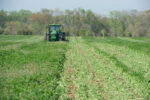
Managing Stress
Farming and ranching are stressful businesses. One key metric of a farm's sustainability is its capacity to provide a quality of life that meets one of our most basic human needs - good mental health. This page highlights successful SARE-funded projects that are using innovative strategies to help farmers and ranchers manage stress. If you […]

Scaling Up Your Vegetable Farm for Wholesale Markets
For direct market farmers, expanding your operation to capture local and regional wholesale markets can represent an opportunity. But such a shift brings with it many changes to how you run your farm because the expectations that wholesale buyers have is much different than your direct market customers. Scaling Up Your Vegetable Farm for Wholesale […]
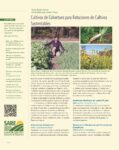
Cultivos de Cobertura para Rotaciones de Cultivos Sustentables
Cultivos de Cobertura para Rotaciones de Cultivos Sustentables is an abbreviated, Spanish language translation of SARE's Cover Crops for Sustainable Crop Rotations. It is also available in English and Chinese. Los cultivos de cobertura son herramientas indis- pensables. Se plantan para disminuir la erosión de tierras, mejorar la salud de los suelos y aumentar la […]

Reaching Women in Agriculture: A Guide to Virtual Engagement
This guide brings together information, tips and tools to deliver effective and engaging online (and hybrid) education for farm and ranch women on topics related to farm viability, resilience and conservation. While COVID-19-related restrictions issued in 2020 that curbed in-person gatherings were the impetus for developing this resource, online offerings can help address barriers—travel time […]
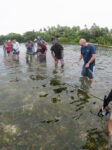
Understanding and Measuring Social Sustainability
This SARE brief defines social sustainability and illustrates how it can be addressed more clearly in SARE projects. Sample projects and quality of life indicators are provided to help grant-seekers and reviewers think broadly about understanding, measuring and describing the social impacts of research and education projects.
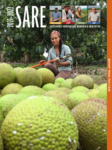
2021–2022 Report from the Field
Report from the Field features 12 stories from around the country of recent SARE grantees who are finding new ways to improve the sustainability of U.S. agriculture. The report also summarizes our total investment in research and education projects since 1988.

Soil Health Principles and Practices Videos
Experienced farmers and Sustainable Agriculture Research and Education (SARE) provide information on managing and improving soil health. Farmers discuss practices such as cover cropping, and using mulch and compost to improve soil health.
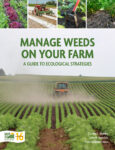
Manage Weeds On Your Farm
Manage Weeds on Your Farm is a definitive guide to understanding agricultural weeds and how to manage them efficiently, effectively and ecologically—for organic and conventional farmers alike.
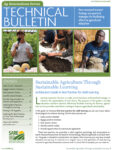
Sustainable Agriculture Through Sustainable Learning
This guide describes the science behind five best practices in adult learning and how to apply them to typical educational programs for farmers, including field days, workshops, online courses and one-on-one interactions.
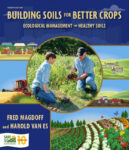
Building Soils for Better Crops
The fourth edition of Building Soils for Better Crops—enhanced and expanded—explains how to use ecological principles to build soil health and boost fertility, yields and overall sustainability.